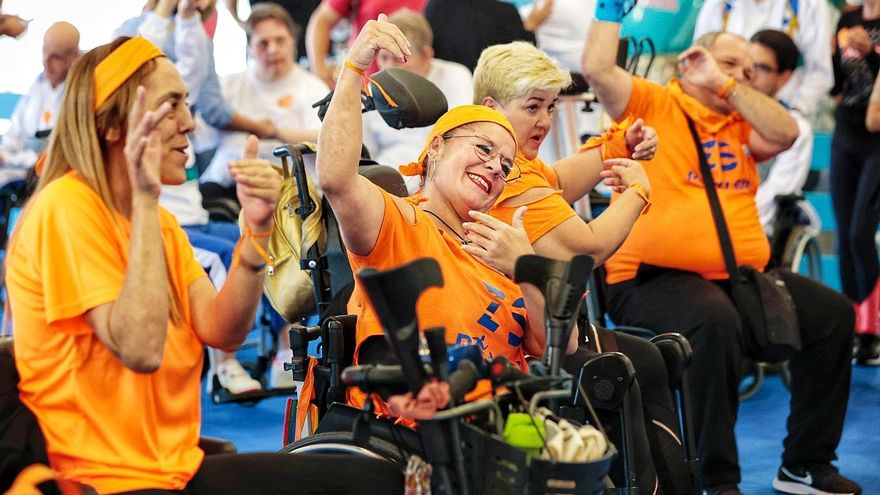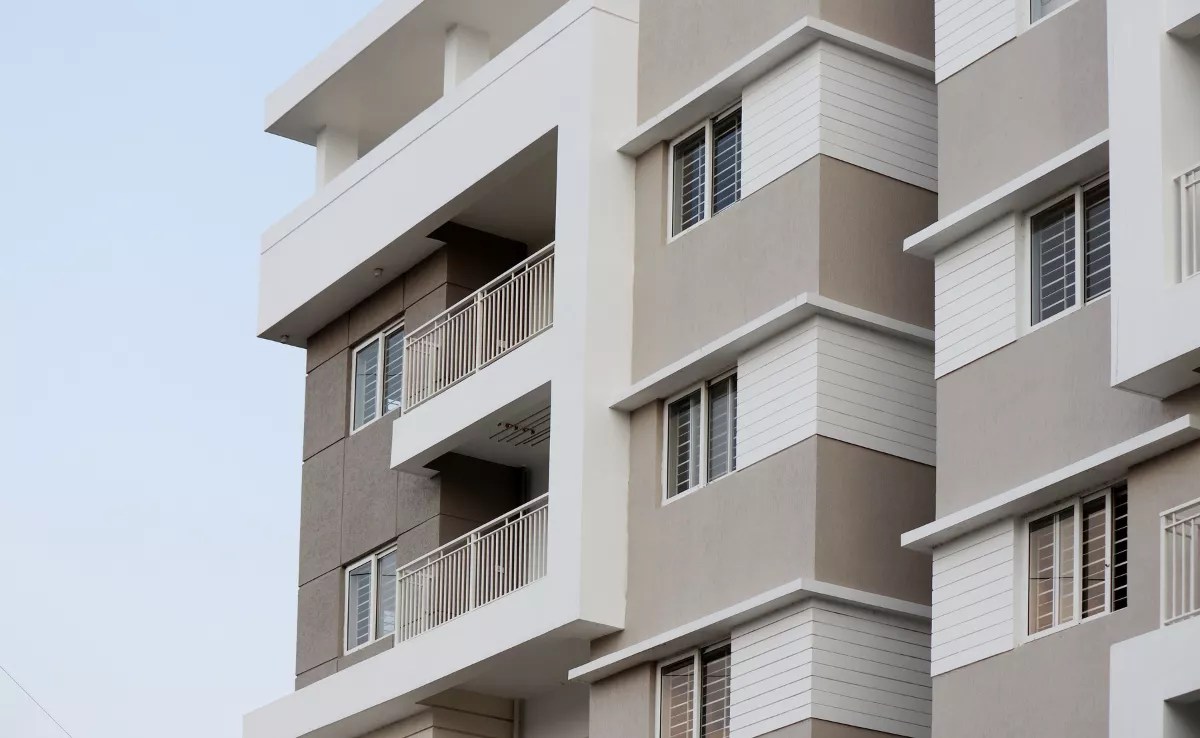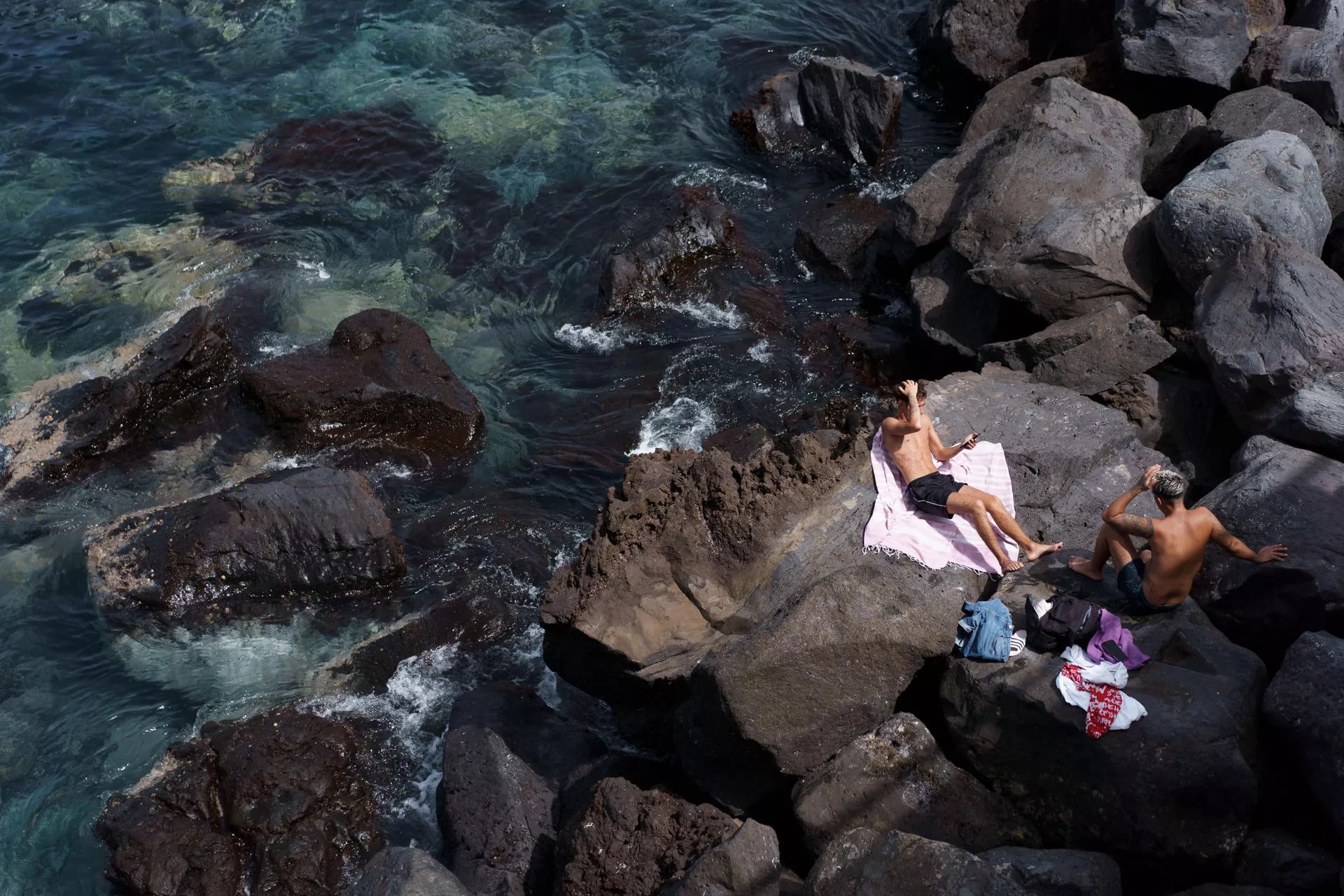
Calculations establish that 12% of the population has some type of disability. Sooner or later we will all experience some physical or intellectual problem, but, paradoxically, these people are invisible to the rest of society unless the problem affects someone close to them. For two days, the Fairgrounds host the first meeting of all the sectors involved – from users to their caregivers or family members – that seeks to break this dynamic. Visibles 22 invites the people of Tenerife to experience disability and see how 62 entities on the Island work with it.
The president of the Cabildo, Pedro Martín, and the Minister of Social Action, Marián Franquet, inaugurated this first island forum.
Pedro Martín assures: “We do not know and we tend to classify the collective or look at it from the point of view of limitations, but it is much more.” The island president acknowledges his pride in contributing to initiatives like this one that help to integrate and value “the good that we have in our society.” It also highlights “the importance of going hand in hand with the entities in order to achieve this objective”.
For her part, Marián Franquet recalls that the doors are open to the public, in general, so that they can learn first-hand about the different realities and disabilities, with all the diversity that this implies.
orange tide
The color orange dominates, that of the claim for rights that today more than ever request respect. Many wheelchairs and in the background a batucada that entertains the curious, not too many at noon because most visitors are expected in the afternoon and especially today. Music and activities on stage presented by the journalist Eva García.
The most repeated word is “great” when asking for an assessment of the initiative to bring together the agents involved with disabilities. There are 20 scheduled workshops, talks or first-person testimonials. All free as the entrance to the facility.
Juan is a teacher at the Colegio del barrio de Salamanca, in Santa Cruz. He guides about twenty 3rd grade children (8 years old) who have a great time at the Juegaprende Association stand Canary Islands. Marina, the instructor, explains that they have passed by to enjoy the workshop with all kinds of school educational games or people with functional disabilities. Juan takes his boys to another post. He follows the route.
Another group of children gets into wheelchairs to see how the world looks from there in a peculiar road circuit. It is also noticeable that they enjoy it.
Carmen Nieves transfers Alba and Tania, users of the Probosco day center (they also have a residence and apartments), at the exit. She is the driver of the bus that takes them home or to school. They are already 18 years in a task that “gratifies me.”
Melanie, a social worker for the Acquired Brain Injury Association of Tenerife, explains the concept of rehabilitation to recover with a multidisciplinary team. A phrase from Hippocrates displayed on a poster says it all: “There is no brain damage that is too mild to be ignored or too severe to lose hope.” Melanie summarizes “this opportunity to meet and network, as well as to make what we do visible”.
In Trisómicos 21, Luis (42 years old), Santiago (37) and Ana (27), with Down Syndrome (she is among the 60 users) proudly and excitedly show off their crafts and painting works. Acufade caregivers also have a space to collect signatures to dignify their work. Nuria, Cindy and Carmen confirm that the initiative “is great”.
The Psychopedagogical Center of San Juan de Dios, with the volunteer Lía and the educator Sara in charge, shows the children’s work throughout the year. Two of them are present, Julián and Nazaret.
Juan Carlos directs the Los Verodes Occupational Center group in La Laguna, which has 60 users. They also show their course work as curious artisan bigheads. Candelaria (55 years old on the 21st) has been in the center since 2019. She acts as a spokesperson for the group and is also a salesperson at the organic farming stand they have at the headquarters. Juan Carlos considers the meeting “excellent” because “we are seen, something that is not usual.”
The wheelchair zumba workshop is spectacular. The members of Queremos Moversos, with their orange t-shirts, bring the best repertoire rehearsed in the interchange thanks to Titsa. They are reinforced by many of those present, all under the direction of Agus, the instructor. Eva, hard worker, enjoy. Like Juan, monitor of Messengers of Peace.
Ana Mengíbar (We Want to Move) values a “magnificent idea” especially for groups “with few resources”. There are many, she says, “more than you think.” Sentence: «This is nothing. They will see tomorrow (for today) ».
Precisely today, starting at 4:00 p.m., the Fairgrounds host a final party for everyone that includes a performance by composer and singer Moise González and his orchestra.
Life in photos in the exchanger
Within the acts of the collective We Want to Move to commemorate the International Day of Persons with Disabilities (tomorrow 3), today, at 11:00 am, the Santa Cruz Interchange hosts the inauguration of a photographic exhibition under the title Personal assistants, key piece to achieve inclusion. The exhibition can be visited until the 9th. It reflects situations in which, duly helped by professionals, these people can develop autonomous and independent life projects. The 54 photos have been taken by Estíbaliz Meléndez. In 2001 he exhibited his first portraits to people in whom disability is normalized and in 2012 another of his passions began: restoring old or deteriorated photos. Queremos Movernos thanks the collaboration of the students from different courses of the IES La Laboral de La Laguna. Also to Titsa «for being, once again, with us. An always attentive listening ». The sample is a reality thanks to the sponsorship of the murga Las Marchilongas, which in 2021 allocated the subsidy it received from Fiestas for its participation in the Virtual Carnival to four NGOs and “we were fortunate to be one of them.” Solidarity women “who, historically, have positioned themselves alongside our collective and set an example of sensitivity towards blind people to whom they describe their costume in the contest.”
















